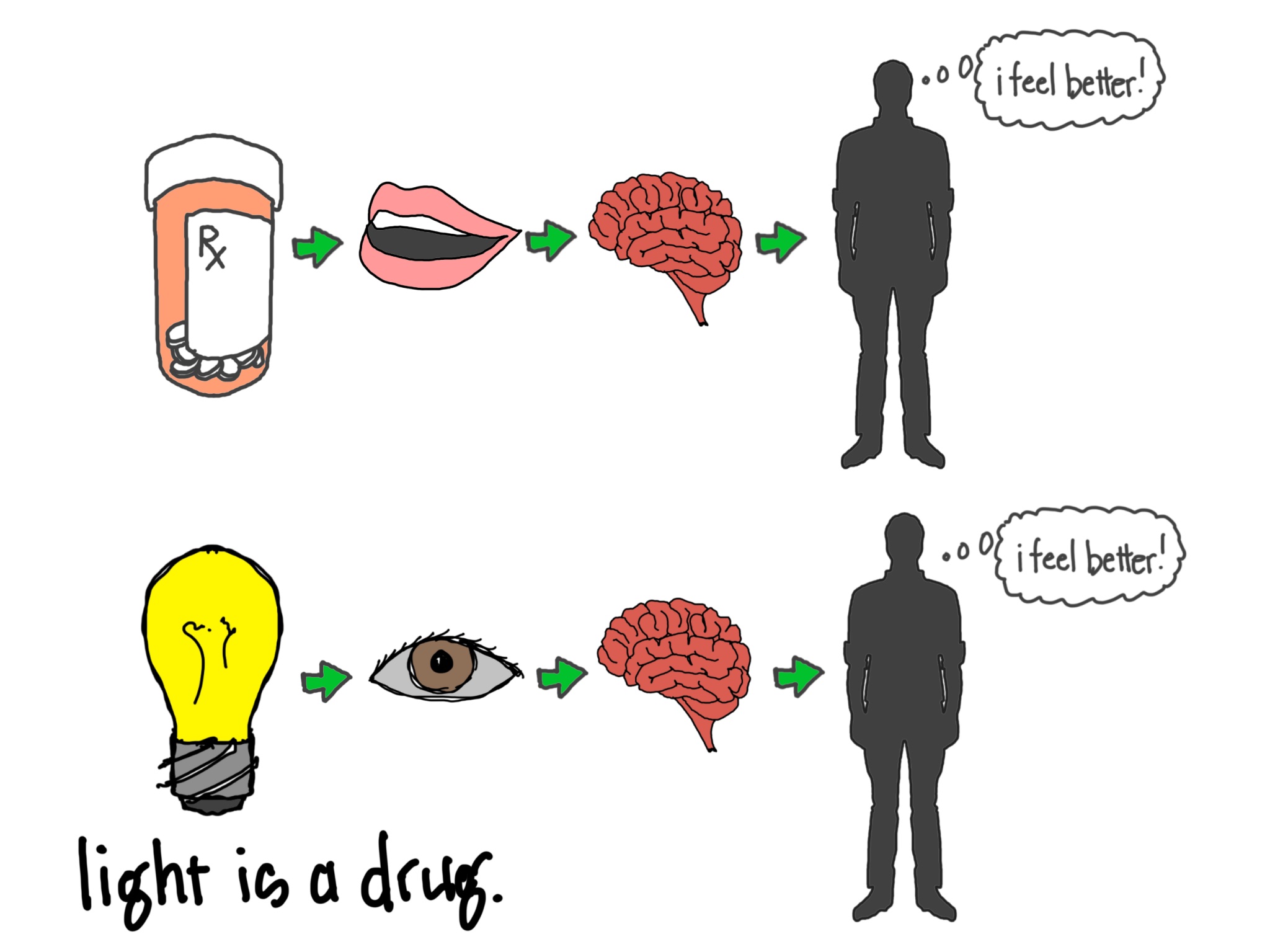After more than twenty years in the lighting profession it is tempting to think I know it all. The truth, of course, is that I possess but a tiny fraction of the collected knowledge of light- and our body of understanding is growing much faster than I can learn. Let me give you an example.
Shortly before I sat down to write a blog post about light I checked my NPR app for the daily news and saw, right there alongside an update on the war and Ukraine and the latest political news, an article detailing a recent research study on light. The headline summed it up neatly: “Sleeping with even a little light can be unhealthy, study finds.”
Let that sink in. “Sleeping with even a little light can be unhealthy, study finds.”
Let me first insert the usual disclaimers. This was a small study, and just one was cited in the article. But it comes, really, as no surprise to the lighting community that has absorbed study after study after study that point to one incontrovertible truth: light acts on our body like a drug. All the time.
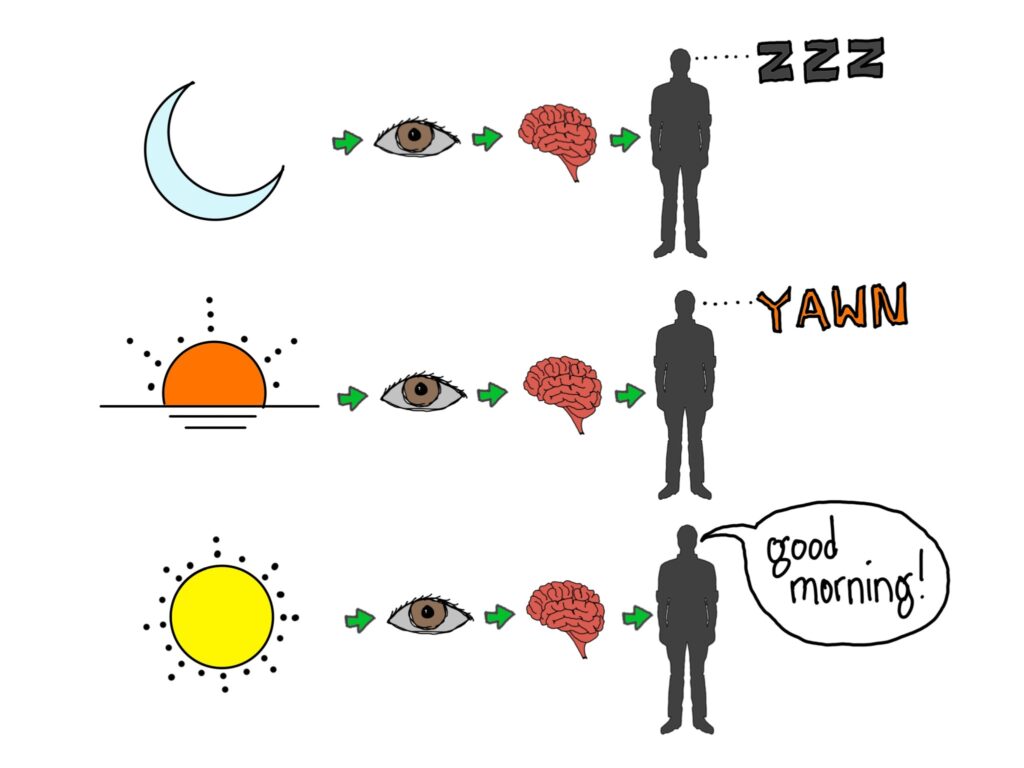
Our body is hardwired with incredible sensors that absorb light and translate the signals into neurological impulses. These impulses then trigger a host of endocrine functions within our bodies and, when everything is working right, support our natural rhythms. The absence of light helps us sleep. Slowly brightening light helps us wake up. Strong bright light helps us be alert.
The article on NPR was nothing more than a summary of study that placed one group of subjects in an absolutely dark room to sleep and another group in a room with some light – about 100 lux (a sunny day can be 100,000 lux). The researches found that “sleeping with just a moderate amount of light may have adverse effects on cardiovascular and metabolic health.” Uh oh.
The results indicated that the second group, the individuals who slept with some light in the room, had elevated heart rates and increased insulin resistance in the morning, making it difficult to regulate blood sugar in the morning. The ramifications reverberate through our lives. Imagine your heart rate being slightly elevated while you sleep (because it is getting you ready to wake up, all night long) every night for a thousand nights. The extra heart activity and lack of heart rest is not likely to make us more healthy.
Here’s where lighting design comes into the equation: for more than a century, we have given people one option: on or off.
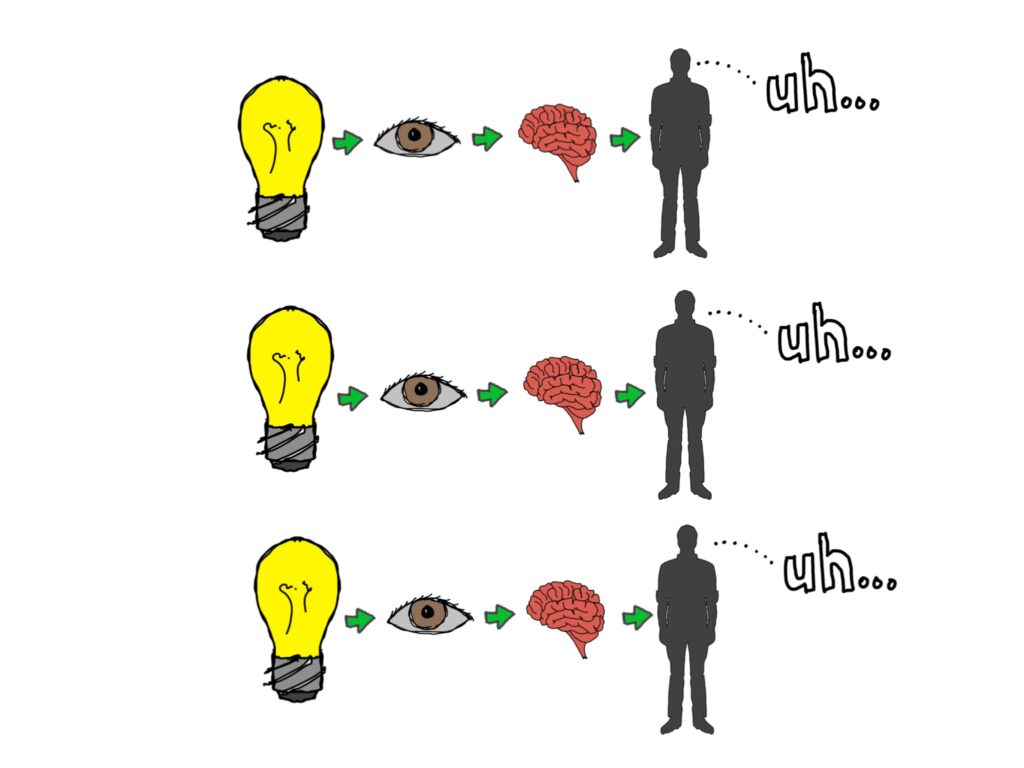
This constant stable light makes it possible for us to keep our convenience stores open 24 hours, a praiseworthy goal no doubt, but it also leaves our bodies in a continual state of confusion. The streetlight or nightlight in your bedroom may be leading your body to prepare for waking up – all night long – thus reducing your ability to get the deep rest you need. And the constant light at midday may leave you tired just when you need a boost of energy.
Never fear, the pharmaceutical industry has stepped in to rescue us.
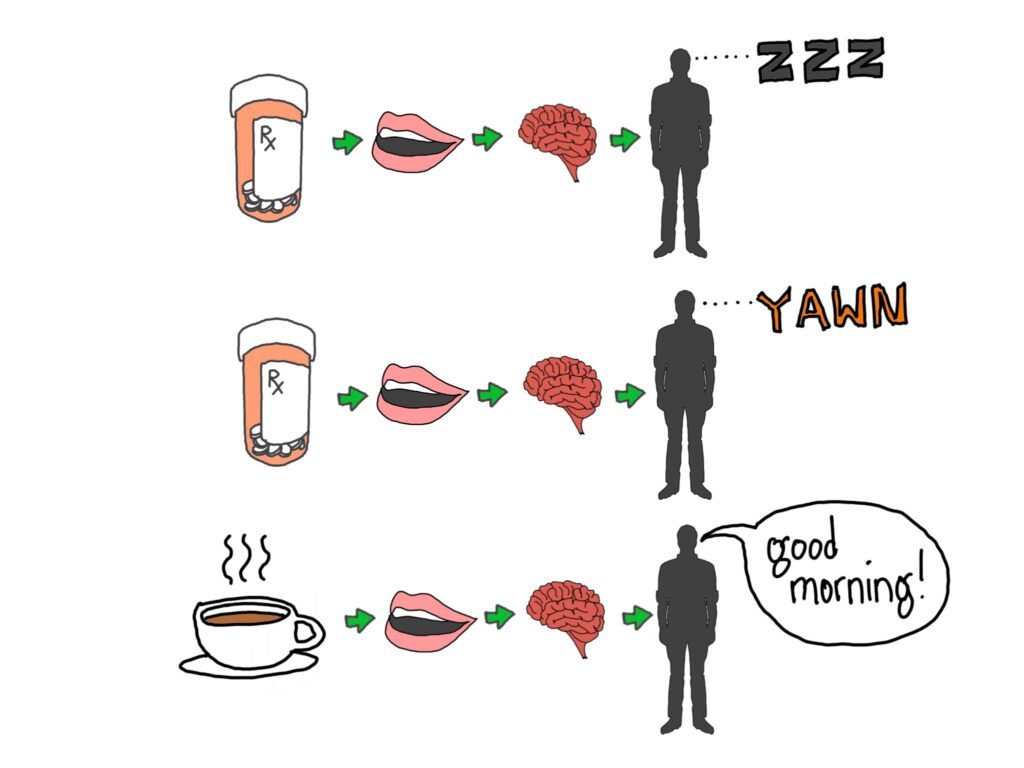
It is possible to get drugs that help us fall asleep at night, even if our light is bad.
It is possible to get drugs that help us wake up in the morning, even if our light is bad.
It is possible to get drugs that keep us alert midday, even if our light is bad.
Some of them are prescription medications. Others are embedded into coffee and wine.
Instead of taking medications and consuming caffeine, we might take a cue from nature and change our lighting to something like this:
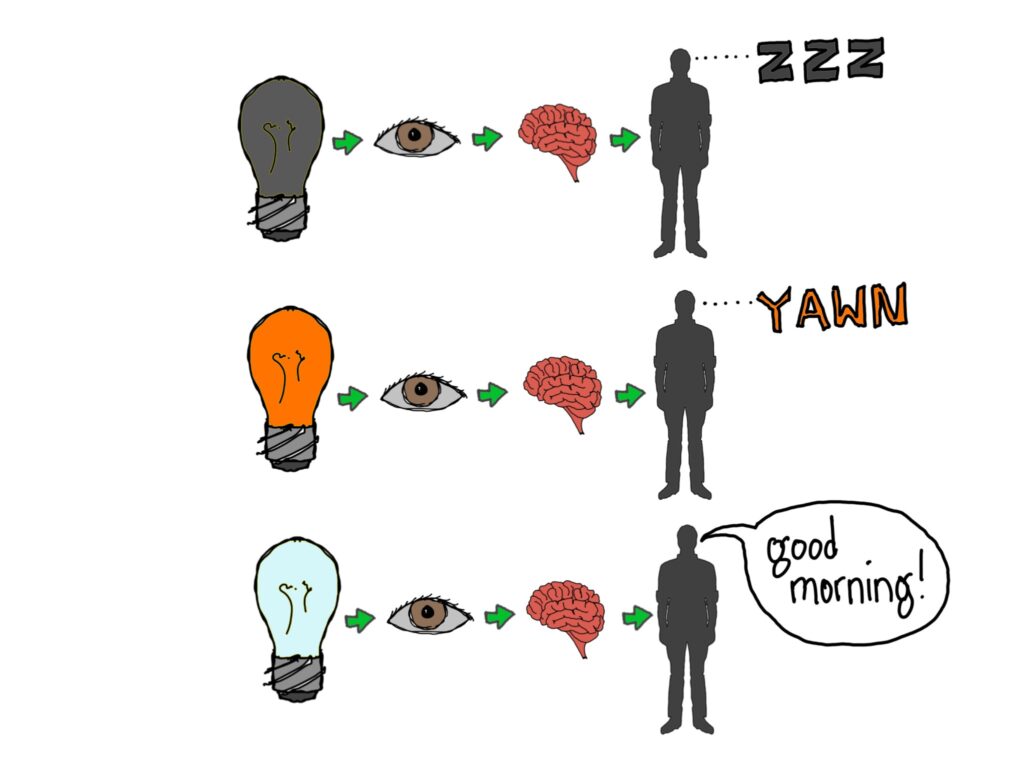
I tell folks all the time that lighting design is not rocket science. It really is not that hard to get better lighting, not just because the standard has been set ridiculously low (will we have “enough” light?). We have a perfect example of great lighting every day for us to study. It’s called natural light.
Lighting design is not rocket science. Study after study reveals that lighting design is more like brain surgery.
